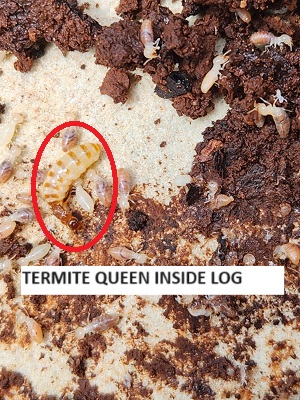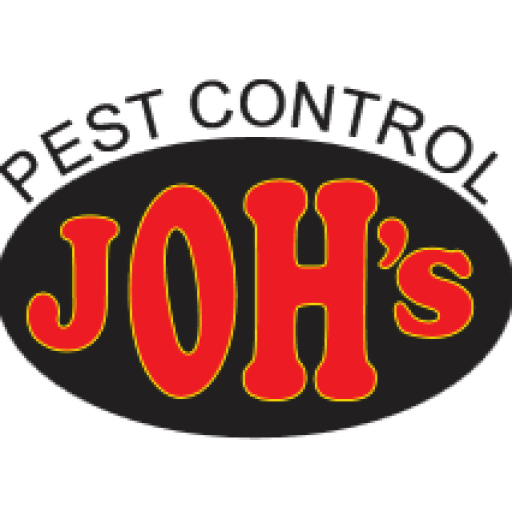Termite infestations can cause significant damage to homes, often going undetected until the problem has become severe. These tiny insects feed on wood and other cellulose-based materials, weakening the structural integrity of a house over time.
Termites can enter homes through cracks in the foundation, torn screens, or infested firewood, and once inside, they can spread rapidly. Homeowners may not realize they have a termite problem until they notice signs such as discarded wings, mud tubes, or hollow-sounding wood. When it comes to treating termite infestations, there are several options available.
One common method is baiting, which involves placing bait stations around the home’s perimeter. These stations contain a slow-acting poison that allows termites to return to their colony and share the bait with their nestmates, ultimately killing the queen and eliminating the colony. Another option is liquid termiticides, which are applied to the soil around the home’s foundation to create a barrier that prevents termites from entering.
It’s essential to work with a pest control professional to determine the best treatment option for a termite infestation. They will assess the severity of the infestation, identify the termite species, and recommend a treatment plan tailored to the home’s specific needs. Regular follow-up inspections are also crucial to ensure the treatment was effective and to prevent future infestations.
By taking proactive steps and working with a pest control professional, homeowners can protect their investment and enjoy peace of mind knowing their home is secure.
Disclaimer: This information is for general knowledge and interest only. Consult a pest control professional for specialist and accurate advice.

Termite Queen Inside Log

Termite Damage to Doorframe
